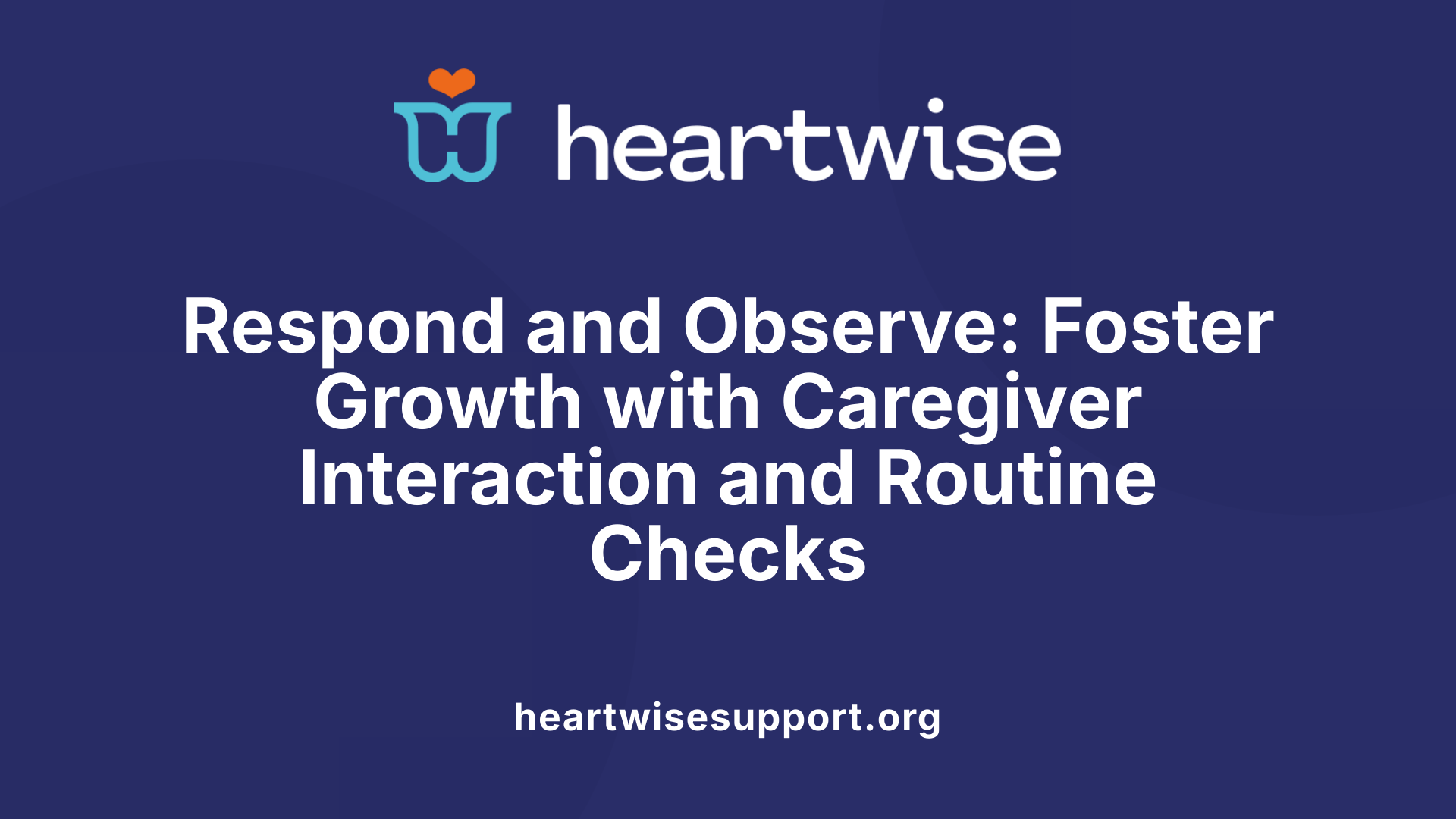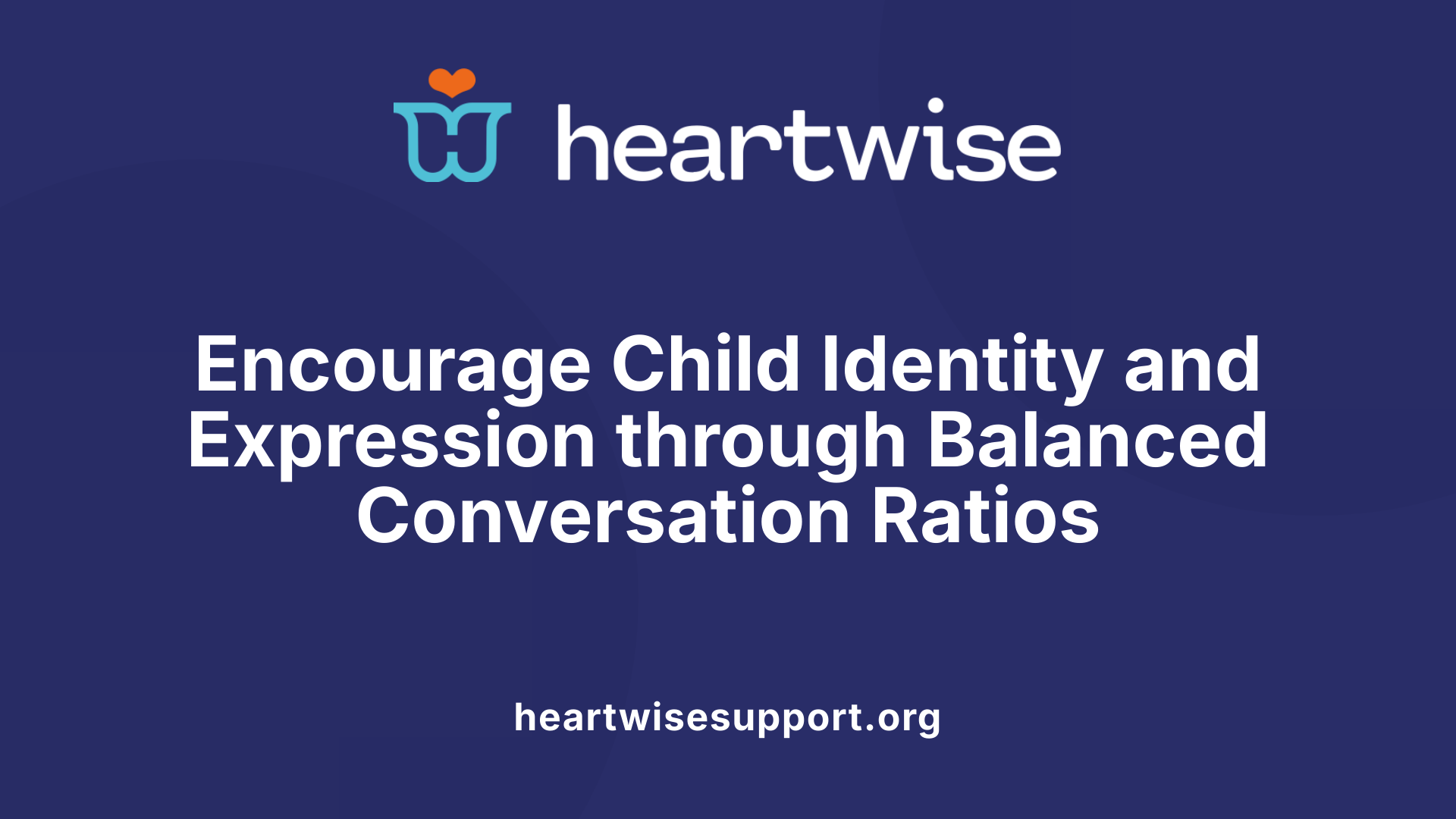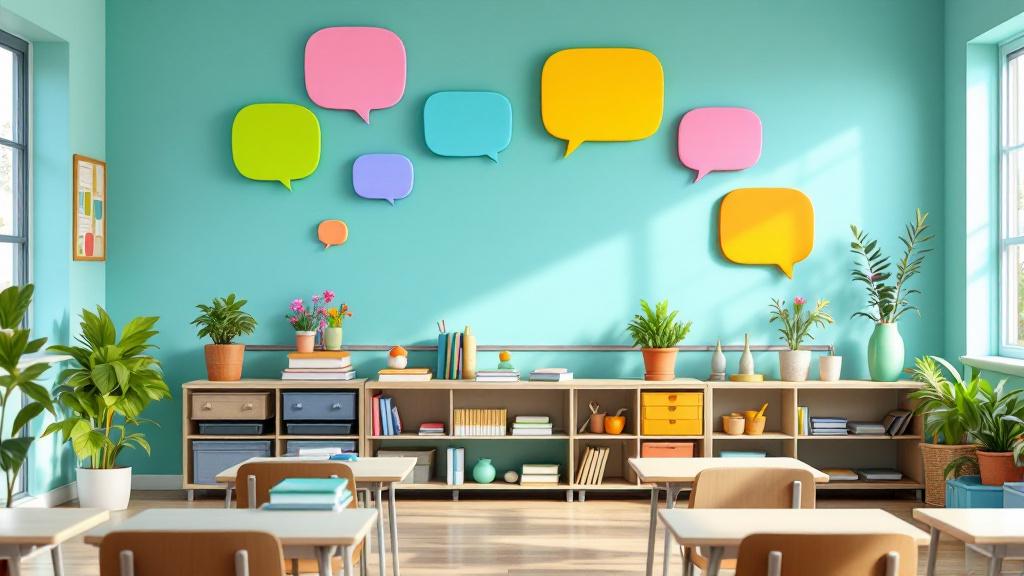Understanding the Foundations of Speech and Language Development
Speech therapy techniques are integral to fostering healthy language growth in children. From infancy through early childhood, targeted activities and interventions can significantly enhance communication skills, addressing delays and disorders effectively. This comprehensive guide explores the milestones, assessment strategies, and evidence-based techniques that parents, caregivers, and professionals can employ to support children's language journey.
Key Milestones and Assessments in Speech and Language Development

What are key milestones and assessments for speech and language development?
Tracking the progress of a child's speech and language skills is essential for early identification of delays. From birth to age 5, children typically reach specific communication milestones. For example, at around 12 months, children usually say their first words, recognize familiar objects and people, and follow simple instructions. By 6 months, infants engage in babbling, repeating sounds like 'ma' or 'da,' which is part of normal development.
As children grow, they begin to combine words into simple sentences between 18 to 24 months, and their vocabulary expands rapidly—reaching about 50 words by age 2. At this stage, they also start understanding basic concepts such as colors, shapes, and body parts. By age 3 to 4, children typically tell stories, ask questions, and use sentences with 3-4 words. By age 5, most children can follow multi-step directions, understand complex sentences, and speak clearly.
Standardized screening tools such as the Ages and Stages Questionnaires (ASQ-3) and the Modified Checklist for Autism in Toddlers (M-CHAT-R/F) are valuable in early detection. These assessments are usually administered during routine pediatric visits and help identify children who might need further evaluation.
Caregiver responses play a significant role as well. Mimicking sounds, responding to gestures, and expanding upon a child's communication foster a richer language environment. Observing these milestones during regular health checkups ensures that any potential delays are caught early, allowing timely intervention through speech therapy or other support services.
Effective Strategies in Speech Therapy and Home Interventions

What are effective speech therapy techniques and strategies to support language development in children?
Supporting a child's language growth involves a variety of techniques used both in therapy and at home. One foundational approach is modeling longer, meaningful phrases based on the +1 rule. This method encourages caregivers to extend what the child says by just one word or element, promoting more complex speech patterns. For example, if a child says "dog," the adult might respond with "white dog running fast," which offers models for sentence structure and vocabulary.
Play-based and conversational techniques are also central. Activities like singing songs, storytelling, and imitation games foster motivation and natural speech practice. Engaging children in pretend play, such as using toys or household items, creates opportunities for meaningful dialogue and enhances vocabulary.
Positive reinforcement is crucial. Praising children's efforts, providing gentle corrections, and encouraging attempts build confidence. Creating a supportive environment with minimal distractions and clear visuals helps children focus on language learning.
Environmental modifications further support development. For instance, placing desired toys out of reach prompts children to request verbally, promoting functional language use. Labeling objects around the house, giving specific choices, and narrating daily routines integrate language into familiar settings.
Finally, for bilingual children or those with specific needs, sensitive practices like modeling emotions, using gestures, and maintaining a consistent language environment are effective. Collaboration with speech-language pathologists ensures tailored strategies that fit each child's unique profile.
In summary, combining modeling, engaging play, positive reinforcement, and thoughtful environmental adjustments creates a rich setting for children to develop their speech and language skills effectively.
The +1 Rule: Boosting Language Richness Through Balanced Interaction

What is the +1 rule in speech therapy?
The +1 rule, also called the 3:1 Rule, is a simple yet effective communication strategy used in speech therapy and everyday interactions to promote children's language development. It involves a caregiver or therapist making three comments or statements for every question they ask the child. This ratio encourages children to use their words more spontaneously instead of simply answering questions.
By focusing on describing actions, reflecting feelings, or expanding on what the child is doing, the +1 rule creates a rich language environment. For example, instead of asking a child, "Do you want the toy?" a parent might say, "You're playing with the red car! That car goes fast." This method limits direct questioning and instead provides a model for language use, helping kids hear more language and have more opportunities to respond.
The main goal is to reduce the pressure on children to produce answers and to increase exposure to meaningful language. This fosters independent thinking and spontaneous speech, which are crucial for overall communication skills.
How does the rule promote spontaneous speech?
Limiting questions and increasing comments helps children develop the confidence and skills needed to comment on their environment or experiences. When children hear more descriptive language, they are more likely to imitate and eventually use similar structures themselves. It enhances their vocabulary, sentence formation, and ability to express ideas naturally.
Research shows that this balanced interaction, with more statements than questions, encourages children to take more initiative in communication. They begin to label objects, describe what they see, or share their thoughts without waiting for prompts.
How can the +1 rule be applied during daily routines and play?
Implementing the +1 rule during everyday activities is both simple and effective. During mealtime, a parent might say, "You are pouring juice into your cup. The juice is orange. Would you like some?" Instead of asking, "Do you want juice?" this provides a description and a chance for the child to respond with their own words.
During play, a caregiver can comment, "The ball is rolling fast! You're pushing the bike. It's blue!" This encourages children to talk about their actions and surroundings, making language learning fun and natural.
In routines like dressing, bathing, or shopping, adding comments such as, "You're putting on your socks. The socks are soft," helps children connect words with actions and objects. This consistent modeling builds a language-rich environment that supports speech development.
In summary, the +1 rule fosters an engaging, less directive interaction style that encourages children to think, describe, and verbally express themselves more frequently, laying a critical foundation for effective communication.
Supporting Language Development at Home: Practical Tips for Parents and Caregivers

How can parents and caregivers support language development at home?
Parents and caregivers play a vital role in nurturing a child's language skills through simple, everyday activities. Engaging children in conversations about what they see, hear, and do encourages active participation and builds vocabulary.
One effective strategy is narrating daily routines, such as describing actions during chores or while eating, which helps children connect words to real-life experiences. For example, saying, "Now, we are brushing your teeth. The toothbrush is blue," models proper language use.
The +1 routine is particularly helpful: when a child says a word or phrase, parents can add a word or two to expand the sentence. If a child says "dog," the parent might reply, "Yes, the dog is running fast." This encourages vocabulary growth and sentence formation.
Incorporating reading sessions with picture books, singing songs, and giving children choices like "Do you want the red cup or the blue cup?" creates opportunities for meaningful language interaction.
Using visual aids such as picture cards, flashcards, and gestures can reinforce understanding and pronunciation. Parents should model correct pronunciation and encourage imitation, making learning fun and natural.
Activities like shopping trips or household chores provide real-life contexts for practicing language. Asking open-ended questions, describing items, and encouraging children to express preferences foster functional communication skills.
Patience, consistency, and positive reinforcement—such as praising efforts and achievements—are essential. Creating a supportive environment where children feel comfortable experimenting with words helps nurture their confidence.
Overall, integrating these strategies into daily routines promotes engaging and effective language learning at home, setting a strong foundation for further speech development.
Speech Therapy Exercises and Play Activities for Language Growth
What speech therapy exercises can facilitate language development?
Enhancing a child's speech and language skills involves a variety of targeted exercises that can be easily incorporated into daily routines. Articulatory and oral motor activities are foundational; they help strengthen muscles used in speech. For example, blowing bubbles, using straws, or practicing lip and tongue movements like puckering or sticking out the tongue can improve muscle control and coordination.
Building vocabulary and understanding comprehension is also vital. Children engage in naming pictures, storytelling, matching games, and semantic tasks that encourage both expressive and receptive language development. These activities are interactive and fun, making learning feel like play.
Rhythm and melody play a notable role in speech growth too. Singing songs, clapping to syllables, and rhythmic chants enhance a child's ability to recognize patterns in language, which supports fluency and pitch control.
Rhyme and word association games serve to boost phonological awareness. Children can practice identifying rhyming words, matching similar sounds, or retelling stories, which deepens their understanding of language structure.
Incorporating pretend or role-play activities makes exercises more engaging. These playful scenarios encourage children to use sounds and words as they imitate real-life conversations and situations, fostering both articulation and social language skills.
Overall, combining these exercises into daily fun activities not only accelerates language growth but also solidifies the child's motivation and confidence in communication.
How Speech Therapy Supports Children with Language Delays or Challenges
How does speech therapy support language development in children with delays or challenges?
Speech therapy plays a crucial role in helping children overcome difficulties with speech and language. Therapists design personalized, play-based interventions that are engaging and suited to each child's developmental level. These activities focus on improving specific areas such as articulation, fluency, comprehension, and expressive language.
During therapy sessions, children participate in fun and interactive exercises that encourage imitation, vocabulary building, and social communication. Techniques like storytelling, using visual aids, and practicing sounds help children with articulation issues or phonological delays. For children who struggle with understanding or following directions, activities strengthen receptive language skills.
A typical course involves about 12 sessions, which are often enough to observe meaningful progress. Therapists also work closely with families, guiding them on how to transfer these skills into everyday routines and social settings.
Early intervention is essential as it prevents further delays. It also boosts children's confidence, social skills, and participation in daily activities. When tailored support is provided promptly, children are better equipped to meet age-appropriate milestones, improving their overall communication and quality of life.
Strategies and collaboration
The success of speech therapy depends not only on professional intervention but also on active family involvement. Parents are encouraged to practice exercises at home, use everyday opportunities for language play, and incorporate strategies such as providing choices and using visuals. This collaboration ensures that language skills are reinforced consistently, fostering a positive and supportive environment for growth.
Overall, speech therapy helps children develop clearer speech, better understanding, and confident communication — essential skills that influence their social interactions, learning, and emotional well-being.
The Critical Role of Early Intervention and Multidisciplinary Approaches
Why is early intervention important for speech and language delays?
Timely identification and treatment of speech and language delays are vital because the first three years of life are a critical period for language learning. During this phase, children are especially receptive to acquiring new words, sounds, and communication skills. Detecting delays early allows for prompt, targeted therapy that can address issues before they become more ingrained.
A combined effort involving speech-language pathologists, pediatricians, and educators helps provide comprehensive support. These professionals can evaluate a child's developmental progress, identify underlying causes like hearing loss or neurological issues, and craft individualized intervention plans.
Early therapy not only improves speech clarity and vocabulary growth but also supports social interaction skills. Children who receive early help are more likely to develop confidence in communication and successfully engage both socially and academically.
Research shows that children who benefit from early intervention develop better language skills, are less likely to experience frustration or behavioral challenges, and are more prepared for school environments. The earlier a child gains support, the greater their chances of reaching their full communication potential and thriving in various settings.
Empowering Parents and Communities for Lifelong Communication
Supporting children’s speech and language development is a collaborative effort that encompasses early detection, professional intervention, and consistent home practices. By applying evidence-based techniques like the +1 rule, engaging in meaningful daily routines, and working closely with speech-language pathologists, parents and caregivers can create nurturing environments that foster confidence and competence in communication. Empowering communities and advocating for early screening and intervention are vital steps in ensuring every child reaches their full linguistic potential and enjoys the rich social, emotional, and academic benefits of effective language skills.
References
- Activities to Encourage Speech and Language Development - ASHA
- Speech and Language Developmental Milestones - NIDCD.NIH.gov
- 15 Easy Speech Therapy Exercises Parents Can Use at Home
- Enhancing Language Development in Children through Speech ...
- Top 10 Effective Speech Therapy Exercises - All Together ABA
- How young children learn language and speech
- Delayed Speech or Language Development | Nemours KidsHealth
- 3 Activities to Promote Oral Language Development - NAPA Center
- Helping Toddlers Expand Language Skills - Child Mind Institute
- 16 Speech Therapy at Home Strategies: Effective Tips - Forbrain











